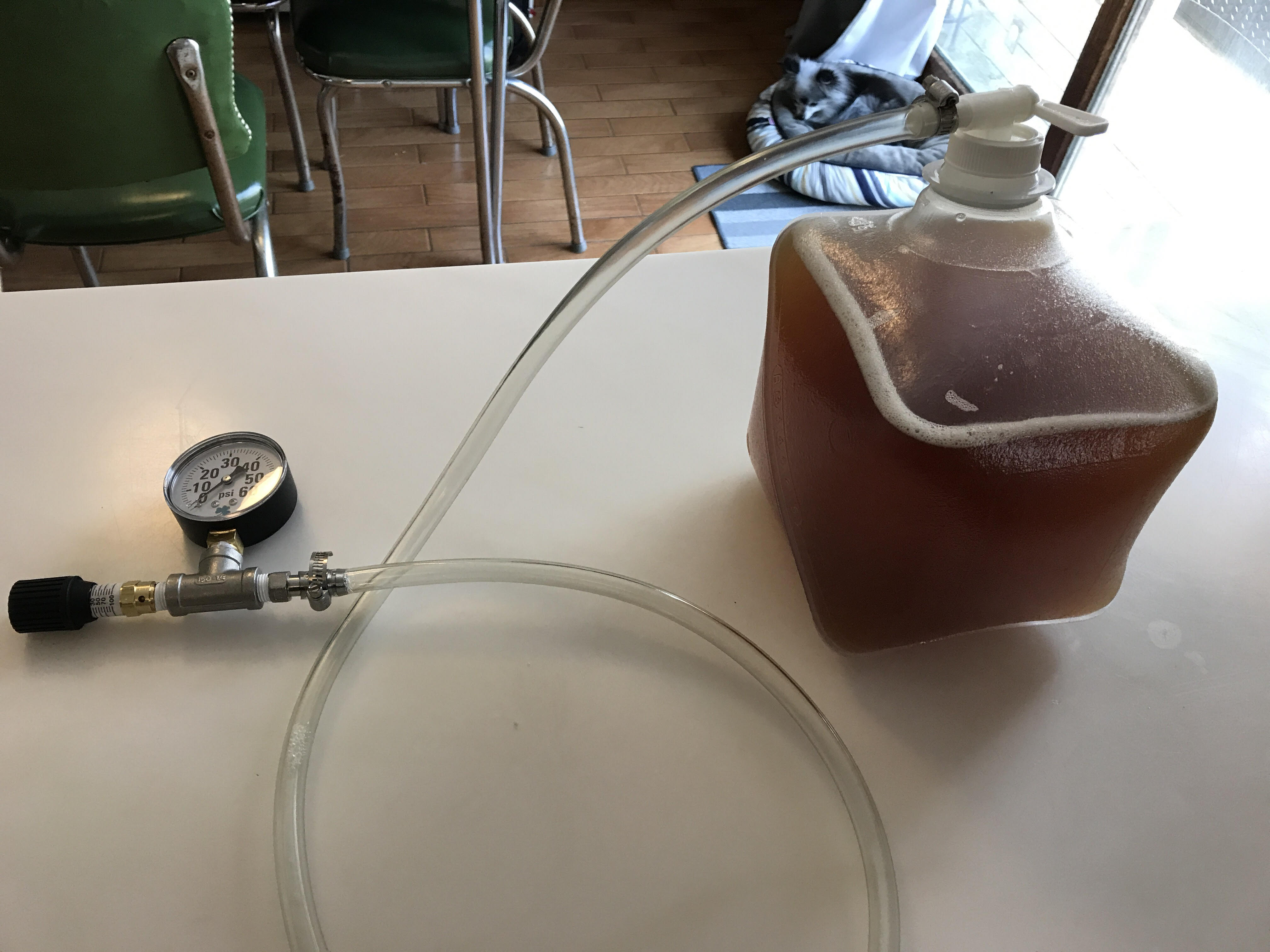@DuncB
Yes, a good King Keg is a mighty asset. Unfortunately, mine is only moderate, so is mostly a last resort. I should tackle what I think is the problem of an undulating top rim, then wonder if temperature and loading plays some part as it can take several attempts to make a good seal.
I agree that Ron Pattison's blog is probably a better option for @hout17 and all, when compared with the Durden Park book. Nothing against the "Old British Beers ...", but buying the first issue upon publication and not brewed one recipe, use mine as a reference book. It isn't old school stuff, more historical beers that might not be what most people want.
I'm a Graham Wheeler fan and have been fortunate enough to correspond and converse with him until his untimely death. In one of his books he wrote that if it wasn't for the range of varieties of hops, most British Ales would taste more or less the same. Since reading that I've concentrated on a basic grist of pale malt with 5 to 10% unmalted adjunct (Flaked maize, barley, torrified wheat or combination of those) and 5 to 15% invert sugar types 1, 2 and or 3. The hops are always noble types, mostly from Britain and Europe, but not exclusively so as some American hops in small amounts at the beginning or end of the boil can just give that little extra without dominating as they can in some present day commercial beers.
Yes, a good King Keg is a mighty asset. Unfortunately, mine is only moderate, so is mostly a last resort. I should tackle what I think is the problem of an undulating top rim, then wonder if temperature and loading plays some part as it can take several attempts to make a good seal.
I agree that Ron Pattison's blog is probably a better option for @hout17 and all, when compared with the Durden Park book. Nothing against the "Old British Beers ...", but buying the first issue upon publication and not brewed one recipe, use mine as a reference book. It isn't old school stuff, more historical beers that might not be what most people want.
I'm a Graham Wheeler fan and have been fortunate enough to correspond and converse with him until his untimely death. In one of his books he wrote that if it wasn't for the range of varieties of hops, most British Ales would taste more or less the same. Since reading that I've concentrated on a basic grist of pale malt with 5 to 10% unmalted adjunct (Flaked maize, barley, torrified wheat or combination of those) and 5 to 15% invert sugar types 1, 2 and or 3. The hops are always noble types, mostly from Britain and Europe, but not exclusively so as some American hops in small amounts at the beginning or end of the boil can just give that little extra without dominating as they can in some present day commercial beers.
































![Craft A Brew - Safale S-04 Dry Yeast - Fermentis - English Ale Dry Yeast - For English and American Ales and Hard Apple Ciders - Ingredients for Home Brewing - Beer Making Supplies - [1 Pack]](https://m.media-amazon.com/images/I/41fVGNh6JfL._SL500_.jpg)



























